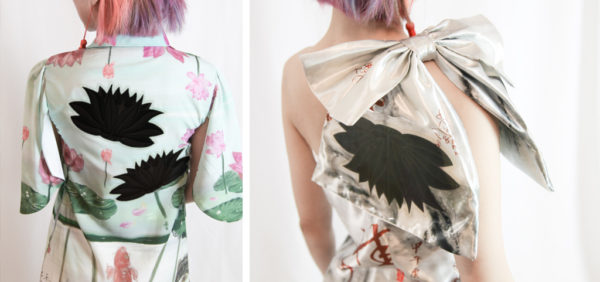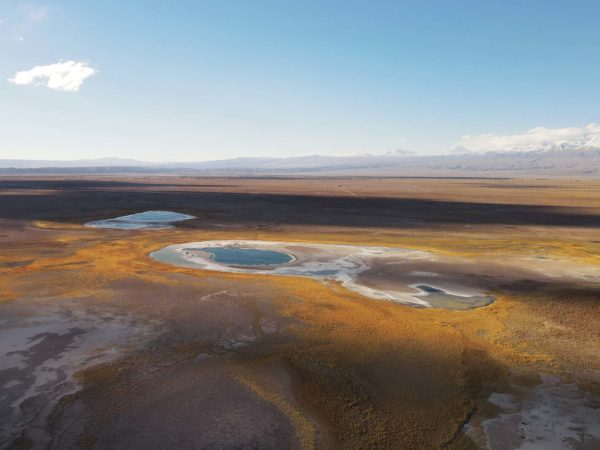Solar fashion
Silicon Valley tech-fashion startup Art by Physicist teamed up with ARMOR ASCA, an organic thin-film photovoltaics maker to produce solar-powered clothing.
The designs feature an overcoat and a dress adorned by a lotus-shaped organic photovoltaic film that allows wearers to charge their electronic devices on-the-go, up to 5V.

ASCA’s photovoltaic thin films are produced using a roll-to-roll coating process, which the company said greatly increases production speed. The rolls can produce up to 600 meters per minute using thermal transfer ribbons, compared to 10 meters per minute for conventional evaporation-based methods.
The ASCA PV thin-film can produce up to 40 W per meter squared, and weighs at most 500g per square meter.
Omnidian solar performance assurance
Omnidian, provider of residential, commercial, and industrial solar system performance plans secured $33 million in a series B funding round led by Activate Capital.
Third-party system diagnostics, performance monitoring, on-demand solar over-the-phone solar expert support, and performance guarantees are run by Omnidian. The company is also integrating machine-learning software into an internet of things (IoT) approach to enhance solar production, reliability, and safety.
The company said funds will enable expansion to new asset classes of energy storage and EV charging.
Lilac lithium brine extraction
Lilac Solutions has developed an ion exchange technology to increase production of lithium from brine resources. Recently, it secured $150 million in Series B funding to scale operations.
Lilac said lithium raw materials needed for batteries have become a bottleneck, which the company seeks to address.
Most of the world’s natural lithium reserves are found in natural salt water deposits called brines. The conventional extraction process requires large evaporation ponds that are environmentally damaging, slow to start up, and vulnerable to weather. Lilac said these ponds result in low and impure lithium recovery.

Image: Lilac Solutions
Image: Lilac Solutions
The company’s ion exchange beads extract lithium from brines without the need for evaporation ponds, a technology used in other metals extractions, but new to lithium. It said the result is faster extraction at a higher rate, with greater purity.
This content is protected by copyright and may not be reused. If you want to cooperate with us and would like to reuse some of our content, please contact: editors@pv-magazine.com.









By submitting this form you agree to pv magazine using your data for the purposes of publishing your comment.
Your personal data will only be disclosed or otherwise transmitted to third parties for the purposes of spam filtering or if this is necessary for technical maintenance of the website. Any other transfer to third parties will not take place unless this is justified on the basis of applicable data protection regulations or if pv magazine is legally obliged to do so.
You may revoke this consent at any time with effect for the future, in which case your personal data will be deleted immediately. Otherwise, your data will be deleted if pv magazine has processed your request or the purpose of data storage is fulfilled.
Further information on data privacy can be found in our Data Protection Policy.